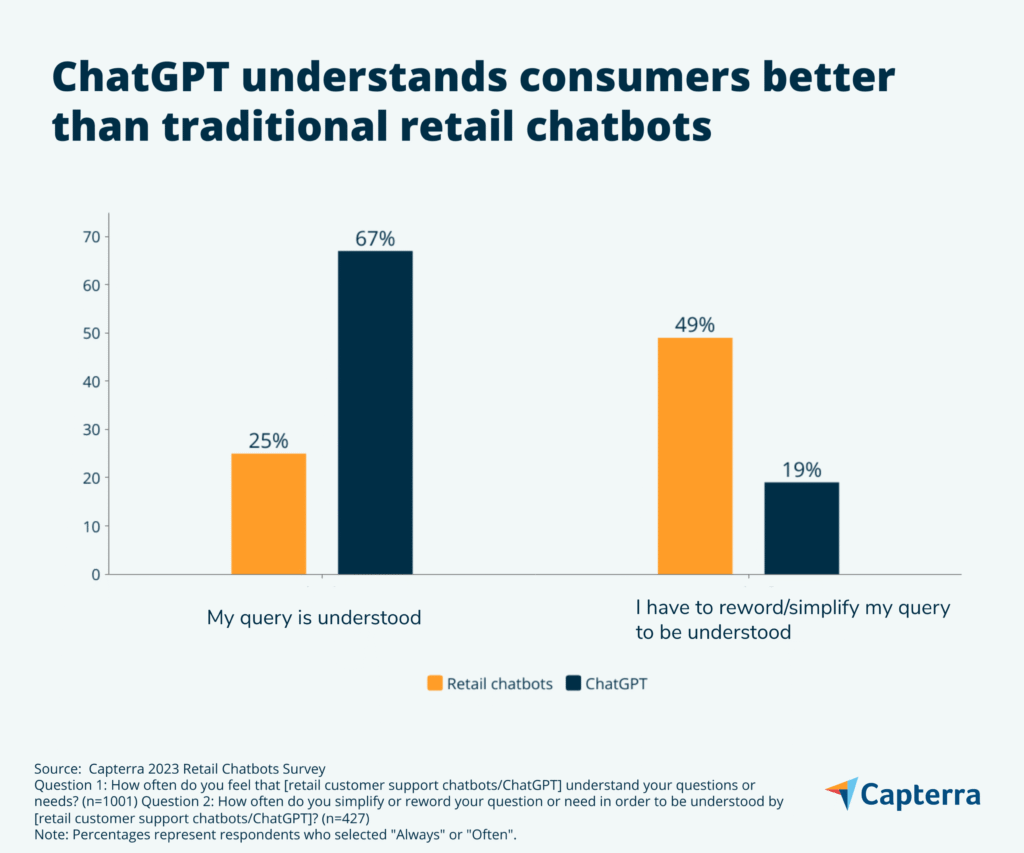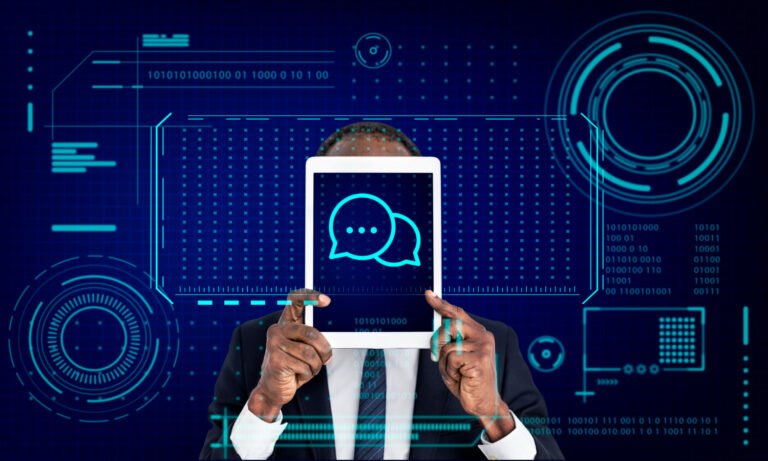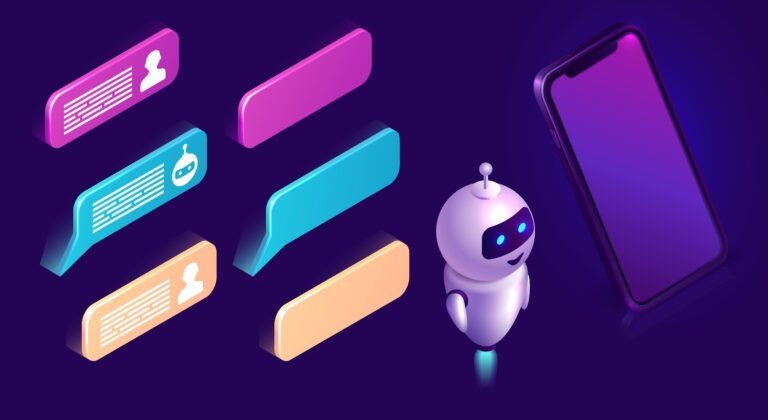Do you want to know how AI chatbots are changing online shopping? From instantly answering customer questions to providing tailored product recommendations, these intelligent tools are transforming the way we shop online. Businesses that adopt AI chatbots enjoy faster customer service, higher engagement, and increased sales, while shoppers benefit from a smoother, more personalized experience.
Online shopping is no longer just clicking through product pages. In 2025, AI chatbots have moved from novelty widgets to core shopping assistants that influence discovery, conversions, and customer support. According to industry reporting, the global chatbot market has grown rapidly, and retailers who adopt conversational AI report significant time and cost savings.

In this article, I will walk you through how chatbots are reshaping ecommerce, what works well, what still needs work, and how retailers should design chatbot experiences that customers trust.
Why Chatbots Matter for Online Retail
Chatbots are valuable because they combine availability with personalization. They are available around the clock and can tap into customer data to make relevant suggestions. According to a market overview from ExplodingTopics, the chatbot market is growing fast and is projected to expand significantly through the end of the decade.
Research from SmartSupp shows that businesses can save substantial time and money by automating repetitive tasks. And Forbes argues that ChatGPT and other chatbots will reshape shopping faster than many retailers expect.

Where Chatbots Fit in the Shopping Journey
Think about your shopping path: discovery, browsing, decision, checkout, and support. Chatbots can improve each step. In discovery, they help users find products with conversational prompts. During browsing they surface matching items and explain differences. When customers are deciding, chatbots can provide comparisons, user reviews, and tailored discounts.
For checkout, chatbots can answer shipping or payment questions and nudge customers toward completing orders. After purchase, chatbots offer shipment tracking, returns processing, and troubleshooting. The result is a smoother customer experience and measurable business outcomes.
Discovery and recommendations
Rather than relying on menus or categories, a chatbot asks a customer a few quick questions and narrows results. This conversational filtering is particularly helpful for complex or personal purchases such as apparel, electronics, and gifts.
Because chatbots use real time inventory and previous customer data, recommendations tend to be both timely and actionable. For examples and early experiments with shopping integrations see coverage of ChatGPT shopping features at Wired.
Assistance and upsell
Chatbots can answer detailed product questions and offer complementary add ons at the right moment. For example, while a customer is checking out a camera, a chatbot can point out a discounted accessory bundle or an extended warranty and help the user add it to the cart without changing pages.
User testing research shows conversational prompts that are context aware improve average order value and reduce friction. See analysis at UserTesting.
Checkout guidance and cart recovery
Cart abandonment is a persistent problem. Chatbots reduce abandonment by solving friction points immediately. If a buyer is uncertain about shipping or taxes or cannot find a coupon code, a chatbot can respond and help complete the transaction.
Many brands use triggered messages that appear if a shopper lingers on the checkout page for too long. Real world reporting from ecommerce studies highlights the role of timely intervention and reminders in lifting conversion rates; see examples summarized by market analysts at ExplodingTopics.
Customer support and post sale
After the sale, chatbots manage order status checks, return instructions, and common troubleshooting. When needed they escalate to human agents. A white paper from SmartSupp quantifies time and cost savings for online stores that use chat automation; read the full piece at SmartSupp.
Adoption and Consumer Sentiment
How do shoppers feel about chatbots? Surveys suggest a growing share of consumers prefer quick conversational answers over searching long help pages. For example, SellersCommerce and surveys aggregated by industry analysts indicate that many shoppers value round the clock availability and immediate answers. A consumer snapshot on chatbot benefits and preferences is summarized in the chart below.

| Feature | Percentage of respondents |
|---|---|
| Available 24 7 | 61% |
| Immediate answers | 45% |
| Product recommendations | 36% |
| Saves time | 35% |
| Proactive assistance | 21% |
What Chatbots Do Best
Chatbots excel at handling routine, high-volume tasks. They are particularly effective at answering order status questions, providing product specifications, and handling basic returns or exchanges. Because they scale horizontally, chatbots can manage thousands of conversations simultaneously. This reduces waiting times and allows human agents to focus on complex tickets.
Market summaries by industry researchers show that bots can resolve a large share of simple queries without human intervention, which translates into tangible cost savings for retailers. For further reading on business impact see the SmartSupp analysis at SmartSupp and broader market context at ExplodingTopics.
Cost savings and efficiency
Industry analyses estimate billions in annual savings when chatbots are used to automate repetitive support tasks. Those savings come from reduced full time agent hours and faster handling times. If you want to dig into projected market numbers and savings estimates, the ExplodingTopics compilation provides accessible charts and citations: ExplodingTopics Chatbot Statistics.
Improved conversion metrics
Beyond support, chatbots can increase conversion rates by helping customers find the right products and by recovering abandoned carts. Industry case studies and vendor publications show double digit gains in conversion when conversational flows are used to assist shoppers at critical moments.
Where Chatbots Struggle
Despite their advantages chatbots still have limitations. Complex scenarios with nuanced customer needs often still require human intervention. Accuracy is also a concern. Chatbots that generate incorrect product information or mishandle return policies risk damaging customer trust.
Another challenge is the perception of chatbots as impersonal. Transparency about automation and fast escalation to human agents help mitigate that. Academic research on consumer response shows that trust and perceived usefulness are critical to adoption. See the academic discussions on consumer acceptance at arXiv.
Trust and transparency
Research indicates that when chatbots are clearly identified as bots and provide honest limitations customers respond more positively. Disclosing the bot identity and providing quick, human handoffs improves satisfaction and trust. See perspectives on disclosure and trust in consumer research available at arXiv.
Hallucinations and incorrect responses
Large language model based chatbots can occasionally produce confident but incorrect answers. This makes careful design, monitoring, and fallback logic essential. Retailers should avoid allowing bots to provide transactional or legal guidance without verification. For reporting on the future of shopping and the speed of change see Forbes.
Designing Chatbots That Work
Good chatbot design starts with a clear scope. Begin by automating the highest volume use cases and ensure the bot integrates cleanly with inventory, CRM, and order systems. The best bots combine scripted flows for common queries with model based responses for flexible conversation. Here are best practices based on industry experience and user testing insights.
- Focus on the top use cases first. Start with order tracking, returns, product search, and checkout help.
- Make escalation simple. When a bot cannot help, connect the user to a human agent quickly and provide context to reduce repeat questions.
- Disclose automation. Let users know they are chatting with a bot and offer an easy path to a human.
- Use data to personalize. When customers are logged in show order history saved items and tailored recommendations.
- Continuously measure and refine. Monitor fallback rates user satisfaction scores and resolution times to improve the bot.
- Protect user privacy. Limit data exposure and follow relevant regulations for customer data.
Metrics You Should Track
To evaluate chatbot effectiveness monitor key performance indicators including resolution rate average handle time escalation rate to human agents customer satisfaction score conversion lift and cart recovery rate. These metrics quantify business impact and guide iteration priorities.
| Metric | Why it matters |
|---|---|
| Resolution rate | Measures how many queries the bot resolves without human help |
| Average handle time | Tracks how long conversations last and where friction occurs |
| Escalation rate | Shows how often humans are required and helps prioritize improvements |
| Customer satisfaction | Direct feedback on the quality of bot interactions |
| Conversion lift | Measures additional purchases or completed checkouts attributable to the bot |
Real World Examples
Many brands of different sizes use chatbots to great effect. A small apparel brand used a conversational assistant to recommend sizes based on customer inputs and reduced returns. A mid size electronics retailer used a bot to answer specification questions and saw an increase in conversion for high consideration products.
Large retailers experiment with conversational commerce to let customers discover products within chat and to combine search and conversation into one step. For case studies and vendor examples see analyses at UserTesting and vendor reports from chatbot platforms summarized at ExplodingTopics.
Future Trends to Watch
Looking ahead several trends will shape the next generation of shopping chatbots. Expect more multimodal capabilities so that bots can understand images and voice deeper integration with payment rails for full in chat checkout and more agentic features where bots can act on user behalf with permission.
Ethical design and auditability will also become critical as regulators and consumers demand transparent and fair AI systems. For coverage on these trajectories see industry commentary and forecasting at Wired and broader market analysis at ExplodingTopics.
Further Reading and Sources
For deeper context check these sources:
- ChatGPT and AI Chatbots Will Reshape Shopping Almost No One Is Ready – Forbes
- AI Assisted Shopping and the Customer Journey – UserTesting
- How Much Time and Money Can Online Stores Save With AI Chatbots – SmartSupp
- Chatbot Statistics and Trends – ExplodingTopics
- Exploring Consumer Response to Chatbots – arXiv research
- Consumer Acceptance of AI in Online Shopping – arXiv research
- AI Influenced Shopping Boosts Holiday Sales – Reuters
Final Takeaway
AI chatbots are changing online shopping by making helpful information accessible instantly guiding shoppers through choices and automating routine tasks that once required human attention. The technology is not perfect but the best implementations focus on trust clear escalation to humans and continuous improvement. For ecommerce teams who get it right chatbots are a lever to boost customer satisfaction reduce costs and increase conversions.
If you want I can also provide the WordPress uploaded image files and a downloadable MS Word version of this article with the charts embedded in the document. Which would you like next?
Frequently Asked Questions
Q1: How are AI chatbots changing online shopping?
AI chatbots are transforming online shopping by providing instant customer support, personalized product recommendations, and seamless shopping experiences. They help businesses reduce response times, improve customer satisfaction, and increase sales by guiding shoppers through their buying journey.
Q2: Can AI chatbots improve my online store sales?
Yes. By offering personalized recommendations, answering questions in real-time, and helping customers complete purchases faster, AI chatbots can significantly boost conversion rates and increase overall sales for online stores.
Q3: Do AI chatbots replace human customer service?
Not entirely. While AI chatbots handle routine inquiries efficiently, they work best when paired with human agents for complex or sensitive issues. This hybrid approach ensures faster service while maintaining a personal touch.
Q4: Are AI chatbots suitable for small businesses?
Absolutely. AI chatbots are scalable and cost-effective, making them ideal for small businesses that want to improve customer engagement, provide 24/7 support, and compete with larger eCommerce stores.
Q5: What features make AI chatbots effective for online shopping?
Key features include natural language processing (NLP) for understanding customer queries, personalized recommendation engines, automated order tracking, and integration with popular messaging platforms and eCommerce systems.
Q6: Will AI chatbots continue to evolve in eCommerce?
Yes. As AI technology advances, chatbots will become more intelligent, proactive, and capable of understanding complex customer behavior, further enhancing online shopping experiences and business efficiency.




